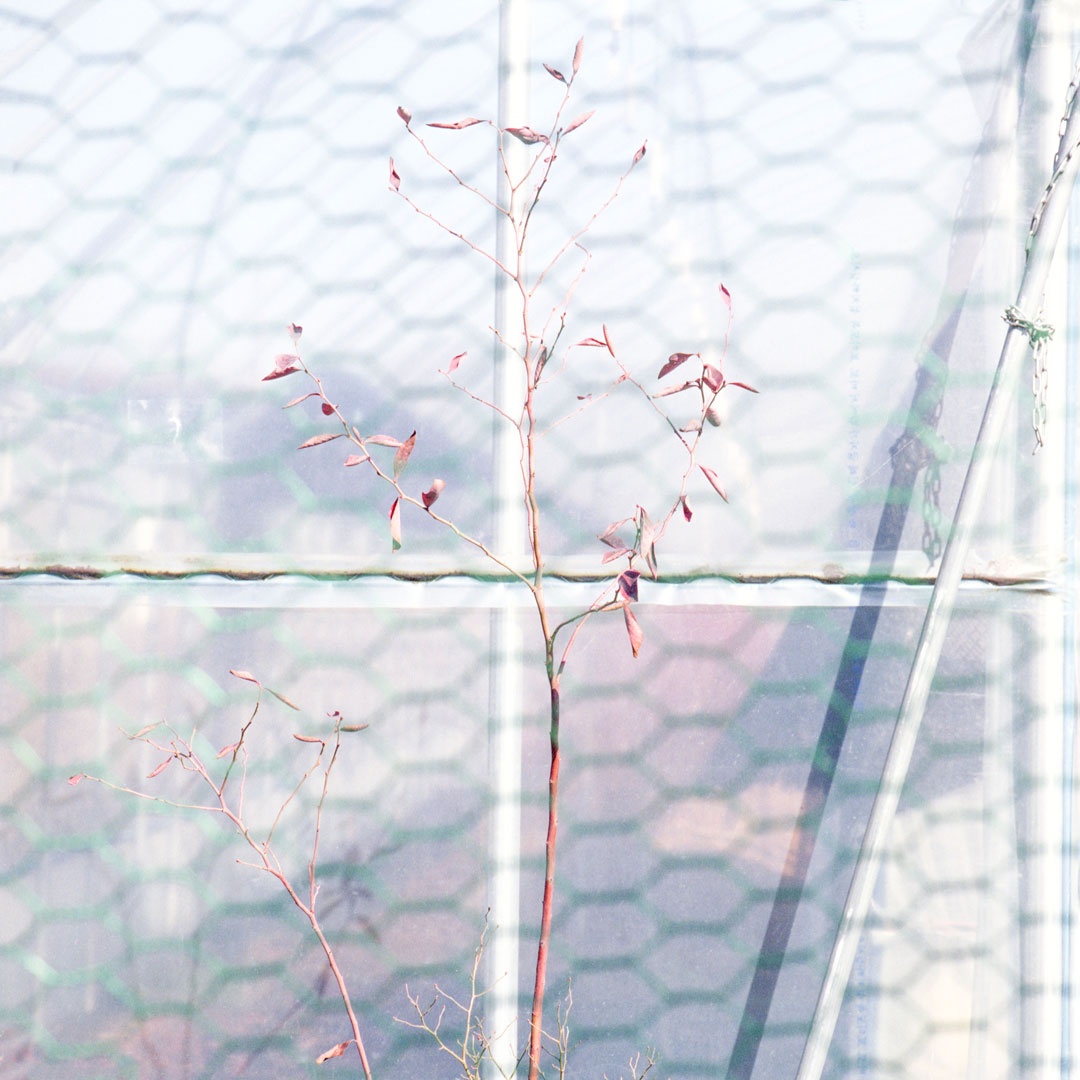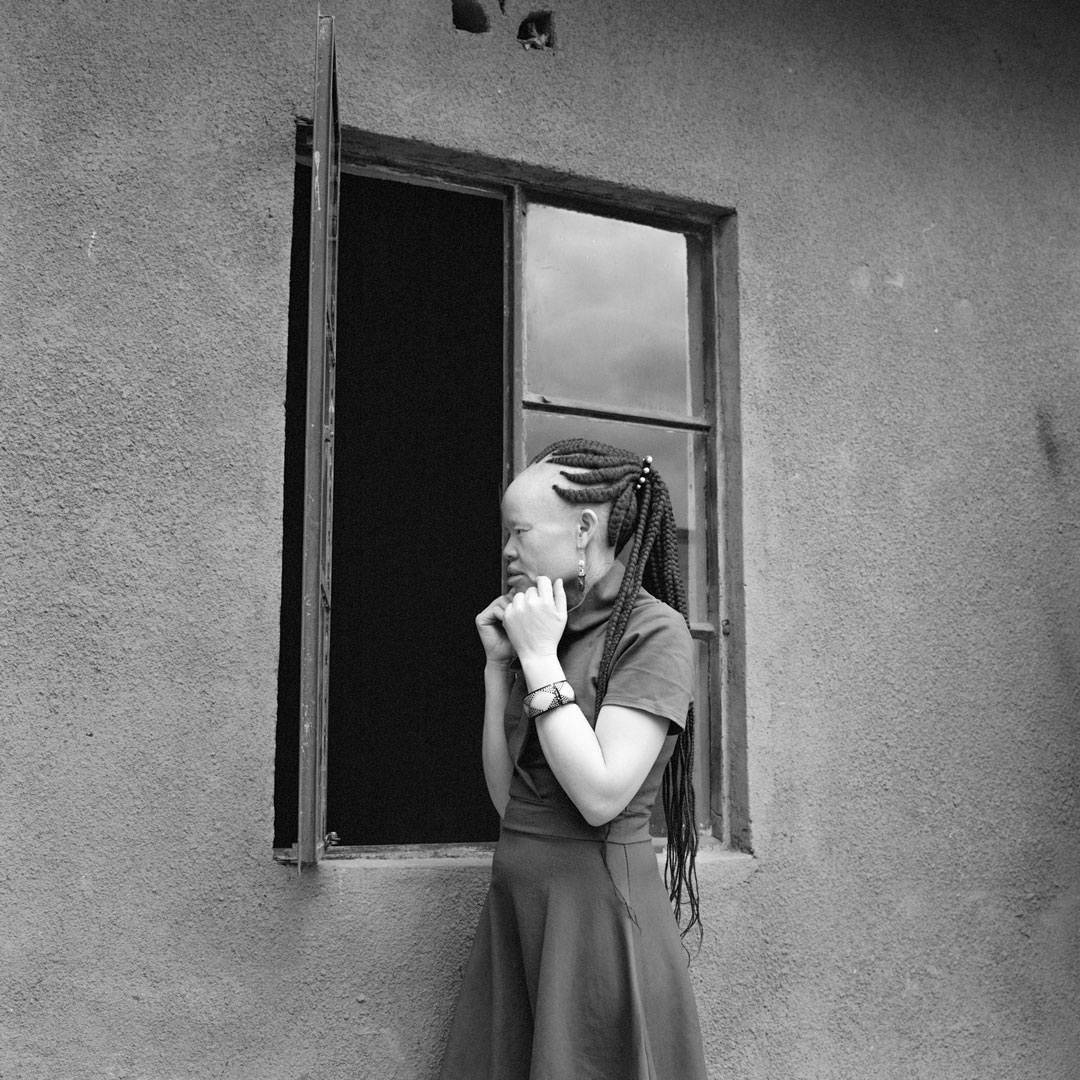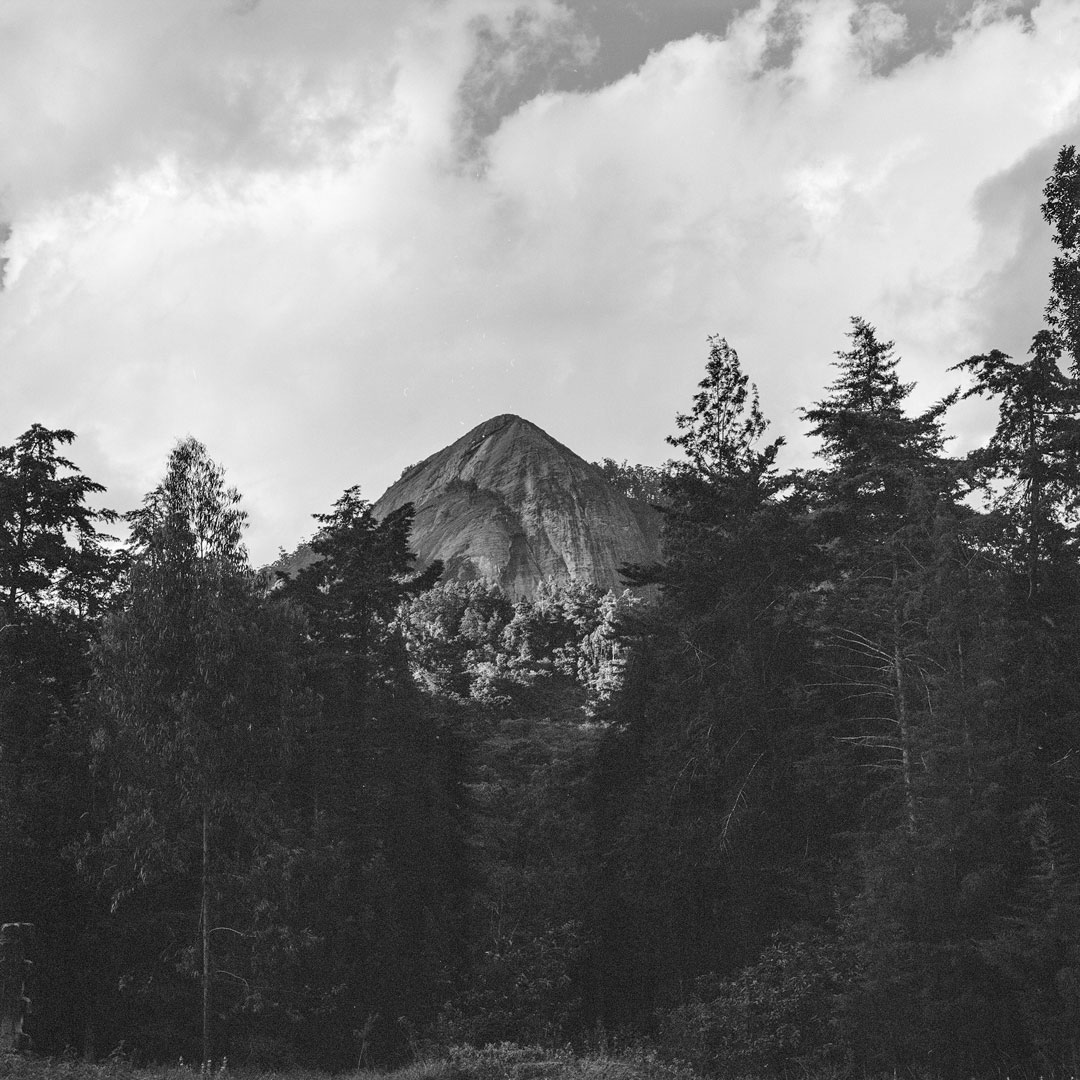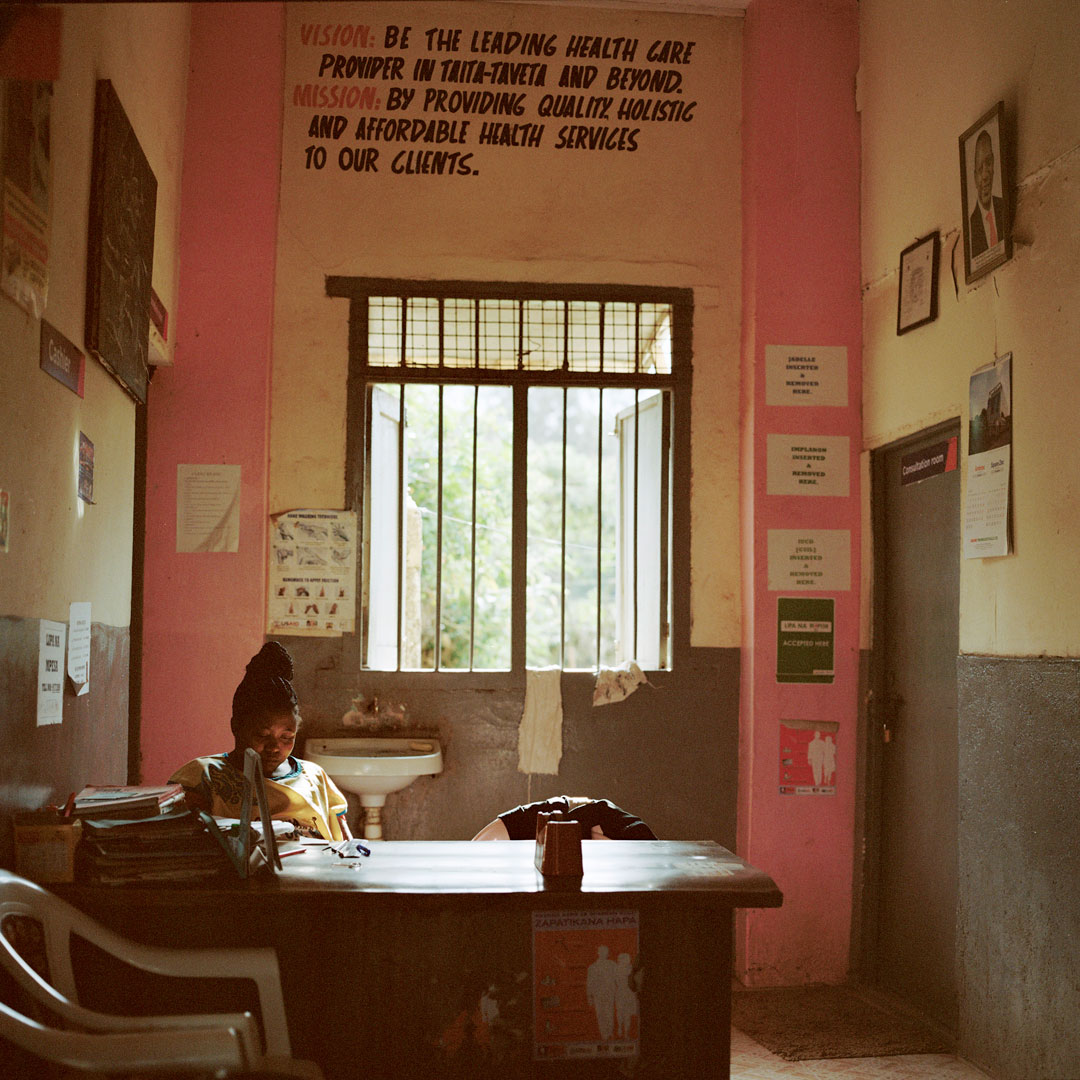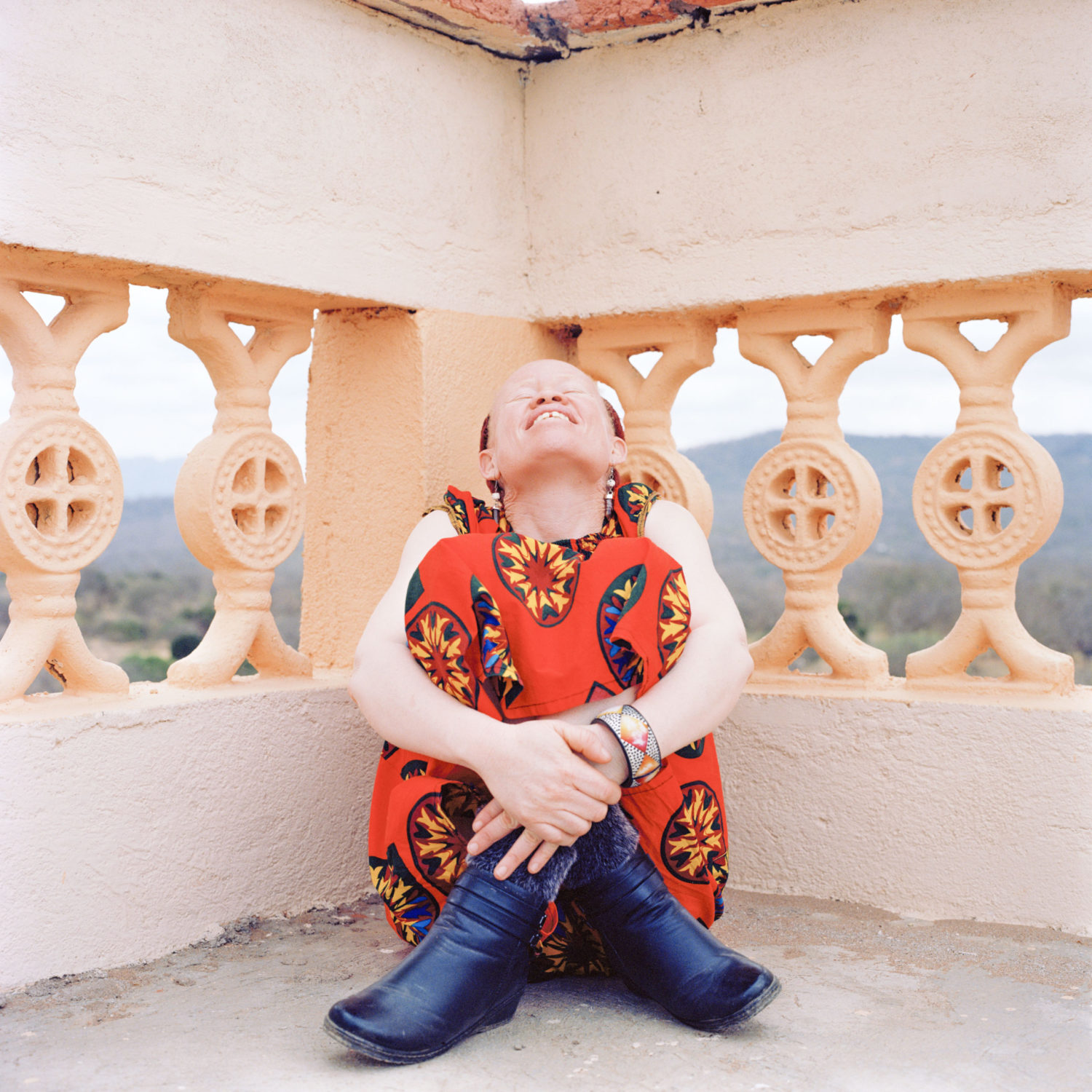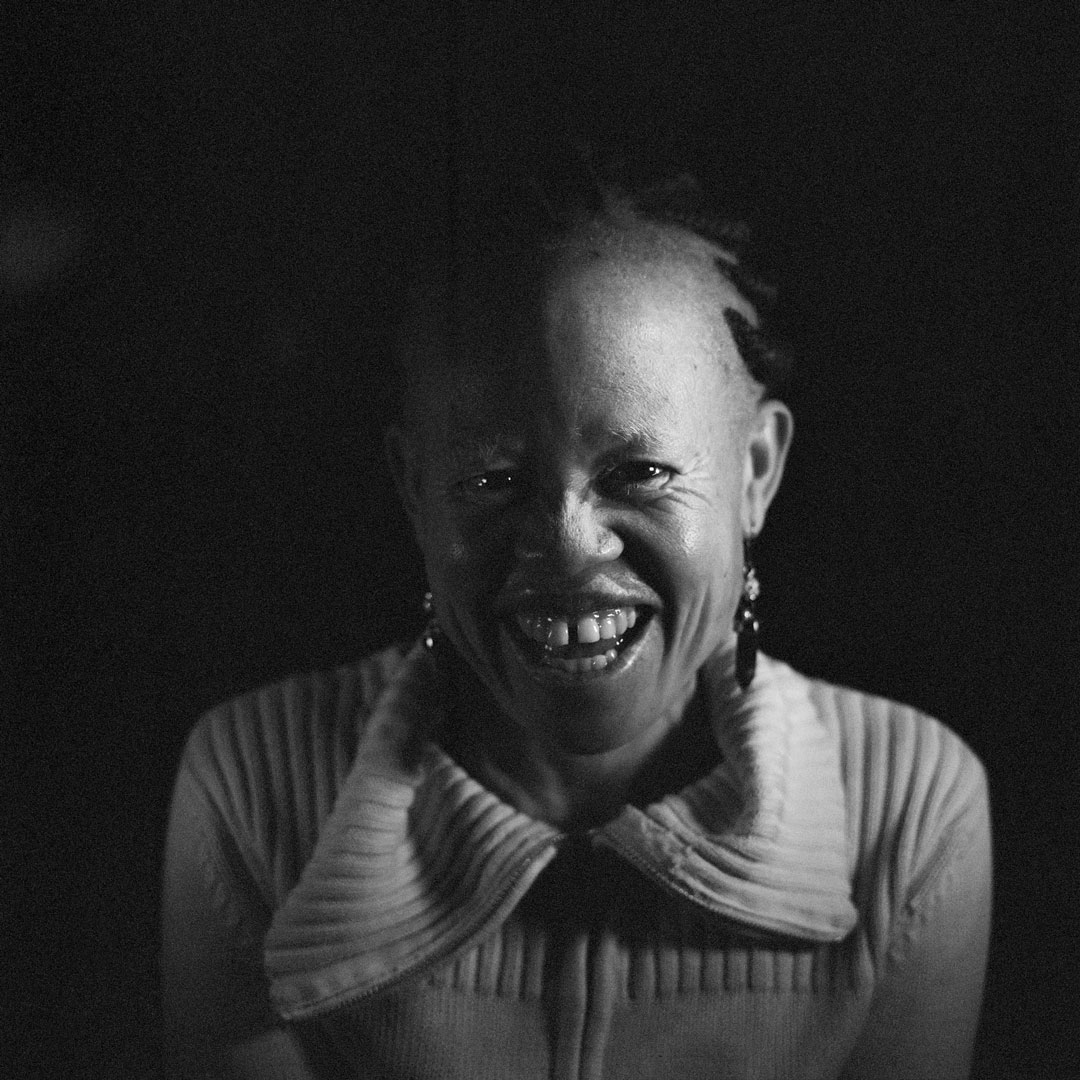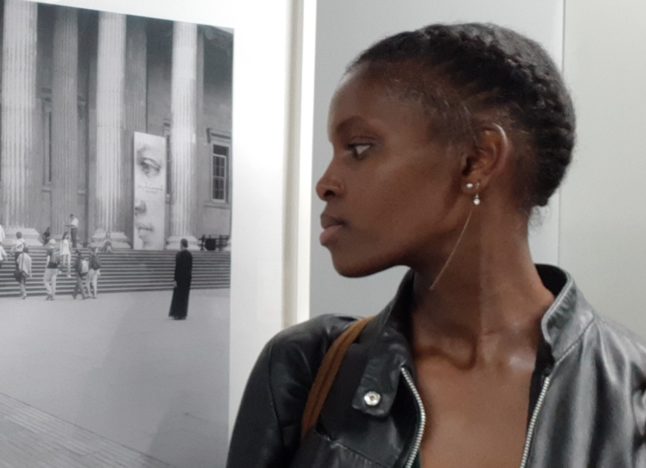Senya Corda
Artist Feature
Every week an artist is featured whose single image was published by Der Greif. The Feature shows the image in the original context of the series.
Cynthia MaiWa Sitei - If This Is A Human: a great curiosity
Aug 10, 2022
In most parts of the world, Albinism affects one in 20,000 people, but in parts of Africa, this incidence rises to one in 1000 (Hong et al., 2006). Kromberg (2018), and Lund & Roberts (2018) note that it is unclear why the prevalence is so high and suggest it may be due to a founder effect, some form of heterozygote advantage, or local high consanguinity and high carrier rates. This increased incidence has profound ramifications given the sunny, tropical climate and limited health resources in many African contexts. Research suggests that without protection from the sun and resulting skin cancer screening for early detection and treatment, few persons with albinism survive to age 40 years (McBride, 2014). Persons with albinism also face stigma, stereotypes, and discrimination in most if not all parts of Africa, resulting in social isolation and lack of access to health services such as sunscreen and ongoing assessment for skin cancer.
Albino – a person or animal having congenital absence of colouring pigment in skin and hair, which are usually white and eyes which are usually pink and unduly sensitive to light. Albino’tic a. [sp. & Port., orig. of white Negroes, (L. albus) white + ino (ine)] (The Concise Oxford Dictionary).
The organisation Felicia Mghoi started, Persons with Albinism Taita Taveta County, has many members who come from far and remote areas in the county – and they lack immediate access to medical help, early detection of developing skin cancer and treatment which results in detrimental effects later in their lives. This can also be due to an isolated geographic location to access these services, and inability to pay for appropriate dermatologic treatment – lack of melanin means lack of protection from the UV rays from the sun resulting in dark and black spots on the skin and if not treated early, become cancerous cells. As research suggests, societies in Africa and in this case, remote areas in Kenya, may lack knowledge about albinism and myths and superstitions persist, such that persons with albinism are often ostracised and excluded.
The purpose of this project and scoping study is to establish the current state of knowledge on albinism with regards to the climate crisis and its implications for health and health care services.
If This Is a Human: a great curiosity, highlights the impact the climate crisis has on people with Albinism – the sun being the silent killer. The rise in temperature has a detrimental effect on people with Albinism living in rural areas in Kenya and Tanzania if not all Africa. This is an ongoing longitudinal project which Cynthia sees a book publication and a collaboration with Felicia Mghoi and her organisation members “Persons With Albinism Taita Taveta County”.


